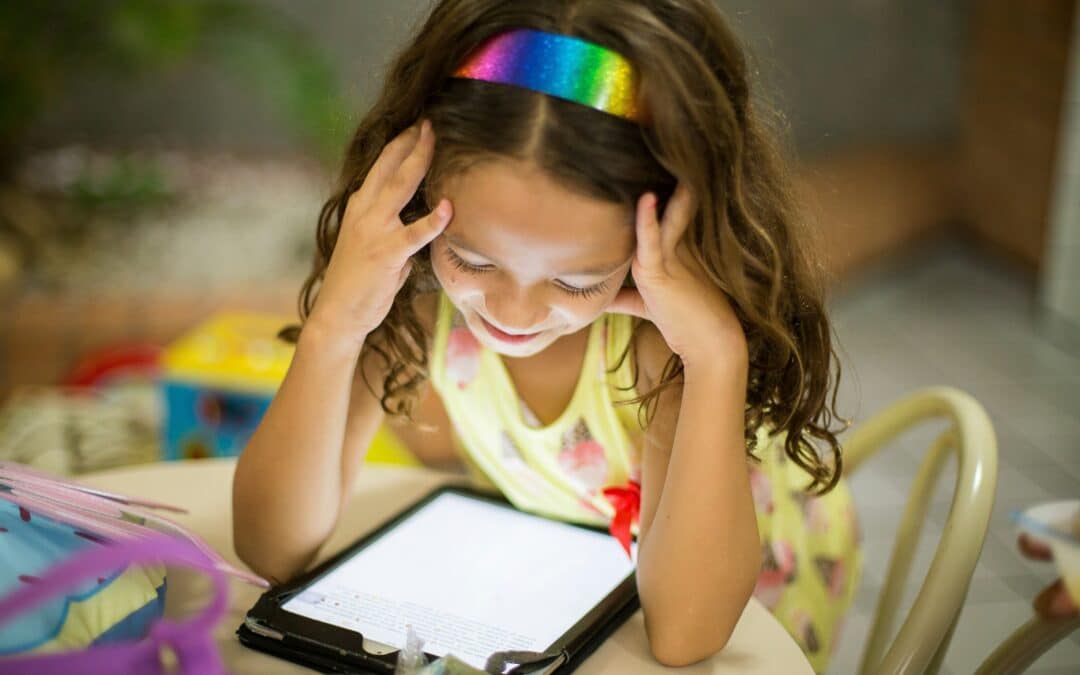When it comes to raising bilingual children, parents often ask: “How long will it take for my child to become fluent in Spanish?” The answer lies in understanding both the quantity and quality of language exposure. Let’s dive into the science and practical aspects of language acquisition to help you navigate your child’s journey to Spanish fluency.
Quality Language Exposure: The Foundation of Fluency
Quality language exposure involves active, meaningful interactions where children must process and produce Spanish in real-world contexts.
Effective exposure includes:
- Interactive conversations with native speakers
- Small-group immersion classes
- Reading and discussing Spanish books
- Playing structured language games
- Singing and responding to Spanish songs
- Role-playing everyday situations in Spanish
What Doesn’t Count as Quality Exposure:
- Passively watching Spanish TV shows
- Having Spanish radio playing in the background
- Using translation apps without conversation
- Playing non-interactive Spanish apps
- Listening to Spanish content without engagement
The Science of Language Hours
According to research from the Center for Advanced Research on Language Acquisition, children need approximately 600-750 hours of quality exposure to reach intermediate-high proficiency in Spanish. This aligns with studies showing that students in immersion programs spending 15-18 hours per week in the target language achieve significant fluency within two years.
TruFluency Kids structures its online Spanish classes to maximize these quality exposure hours through small group sizes and interactive learning methods. Their approach ensures that every minute of class time contributes to active language acquisition.
Research from the American Council on the Teaching of Foreign Languages demonstrates that consistent, quality exposure is more important than intense but sporadic practice.


